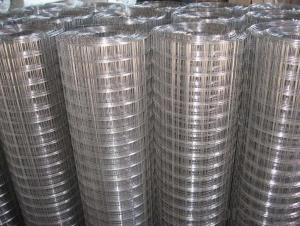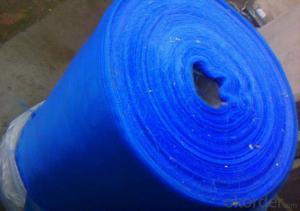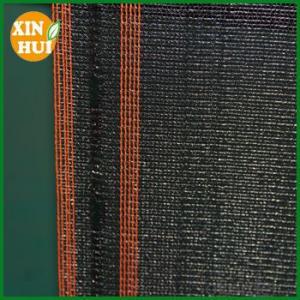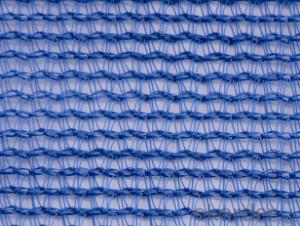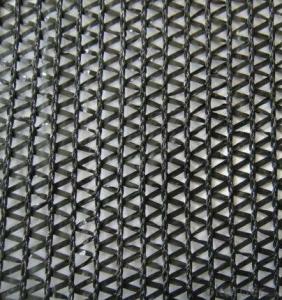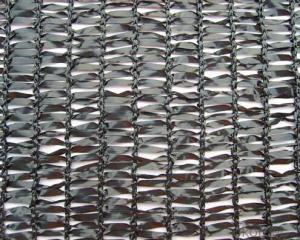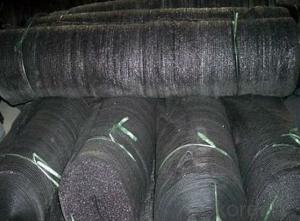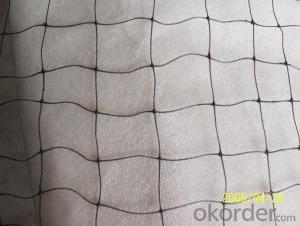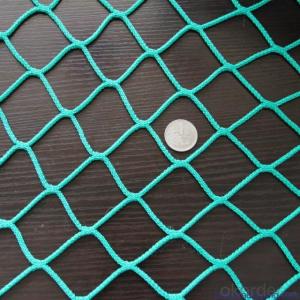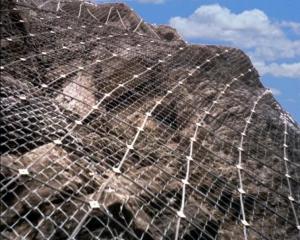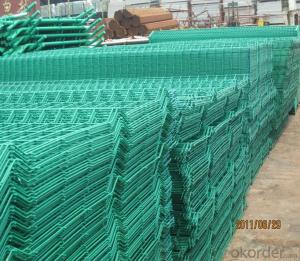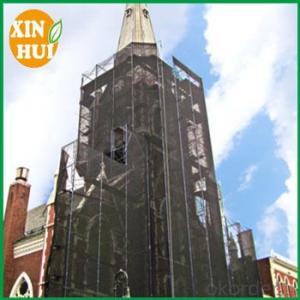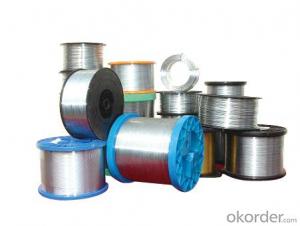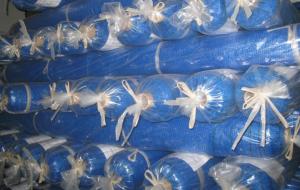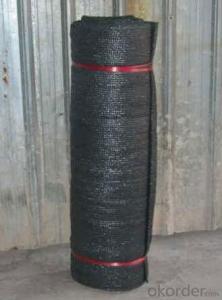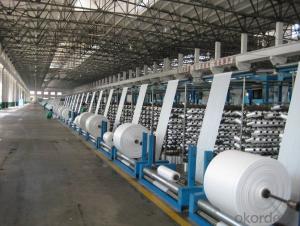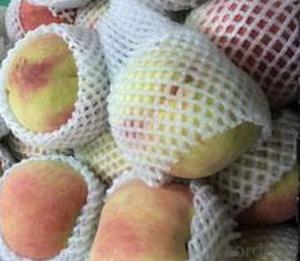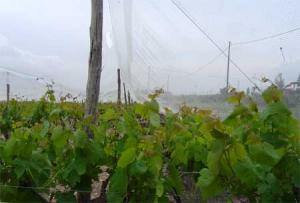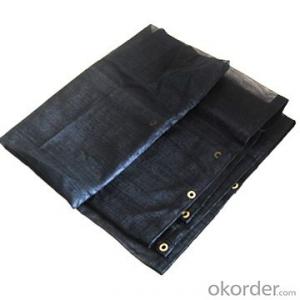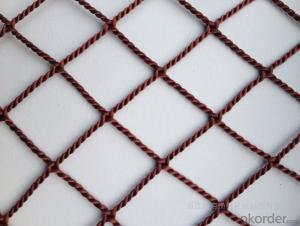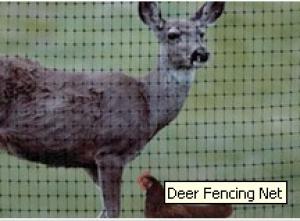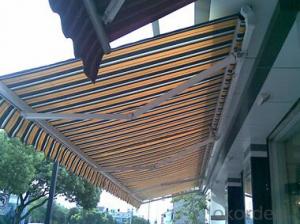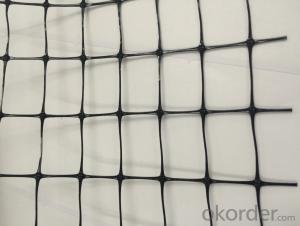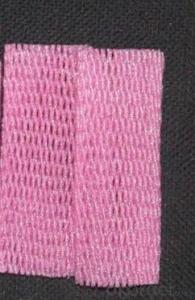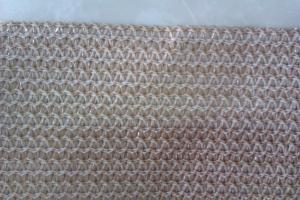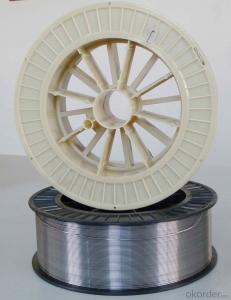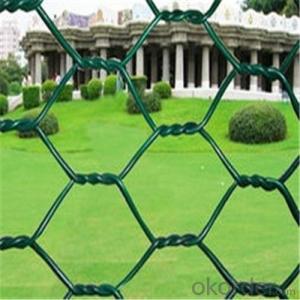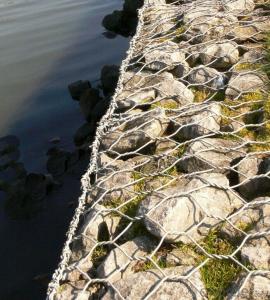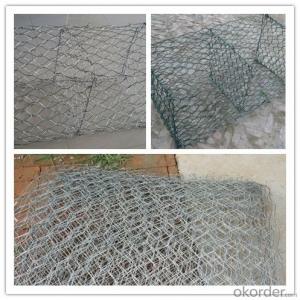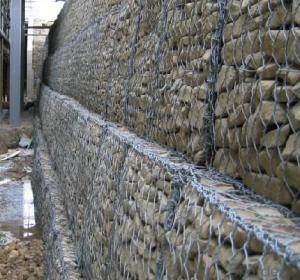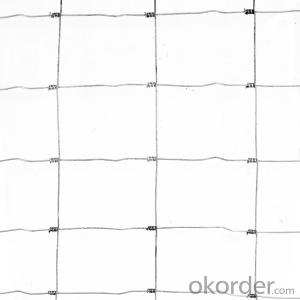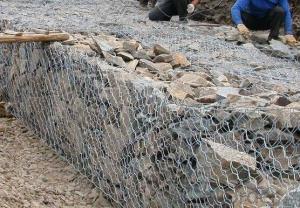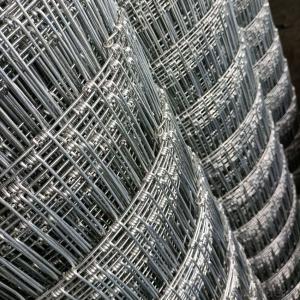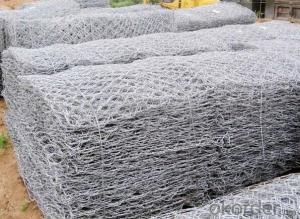Protective Netting
Protective Netting Related Searches
Barrier Fence Netting Flexible Netting Plastic Safety Netting Rigid Plastic Netting Clear Plastic Netting Poly Tube Netting Scaffold Netting Green Plastic Netting Plastic Wire Netting Garden Plastic Netting Black Plastic Garden Netting Plastic Garden Netting Fencing Plastic Netting Nz Plastic Deer Netting Protective Plastic Sheeting Plastic Netting For Gardens Garden Screen Netting Vexar Netting Plastic Netting Uk Protective Paints Agricultural Netting Suppliers Plastic Garden Netting Uk Retractable Volleyball Net Pleated Mosquito Net Protective Film Tape Synthetic Felt Roofing Containment Liners Corrigated Plastic Roofing Heavy Duty Plastic Mesh Fencing Reinforcing MeshProtective Netting Supplier & Manufacturer from China
Protective Netting is a versatile product designed to provide safety and security in various applications. It is made from high-quality materials that ensure durability and resistance to wear and tear. This netting is commonly used in construction sites, sports arenas, and agricultural fields to prevent accidents and protect people and property from potential hazards. The product is also utilized in the transportation industry to secure cargo and prevent damage during transit.Protective Netting finds its application in a wide range of scenarios, such as safeguarding machinery and equipment, shielding workers from falling objects, and providing a barrier against wild animals in agricultural settings. It is also used in sports to prevent balls from leaving the playing area and to protect spectators from stray projectiles. The versatility of Protective Netting makes it an essential item for various industries and environments, ensuring safety and minimizing risks.
Okorder.com is a leading wholesale supplier of Protective Netting, offering a vast inventory to cater to the needs of different customers. With a commitment to quality and customer satisfaction, Okorder.com ensures that the Protective Netting provided meets the highest industry standards. By partnering with Okorder.com, businesses can access a reliable source of Protective Netting, ensuring that they have the necessary safety measures in place for their specific applications.
Hot Products
